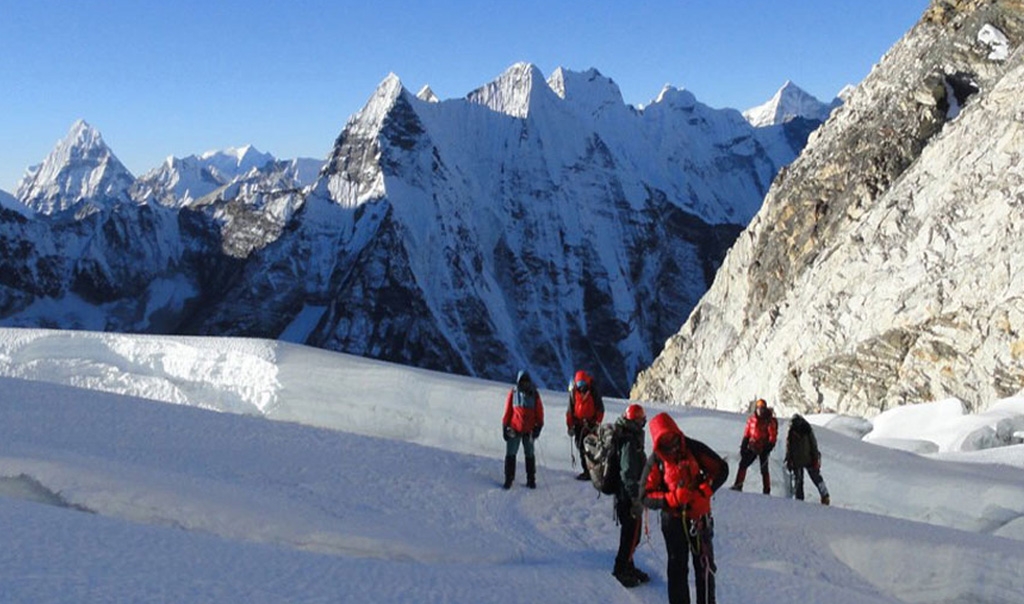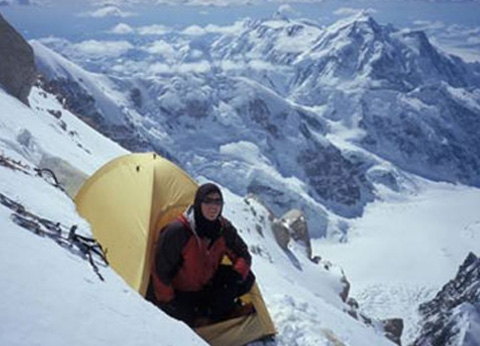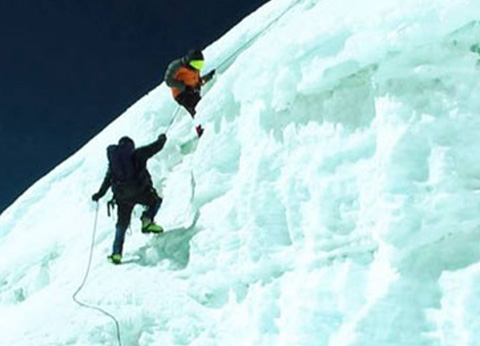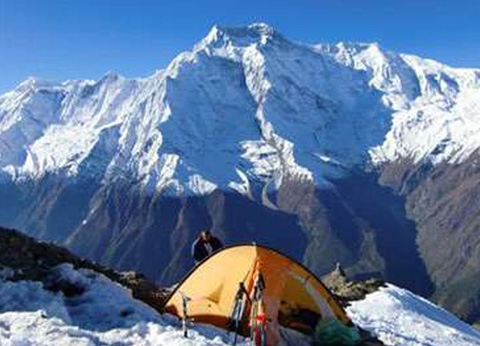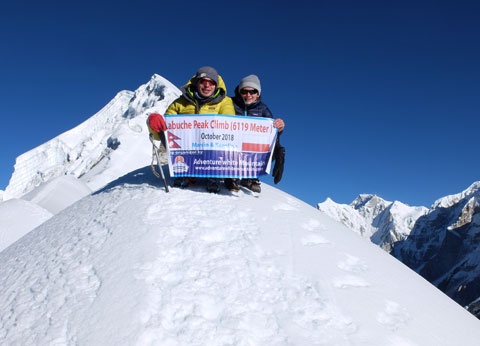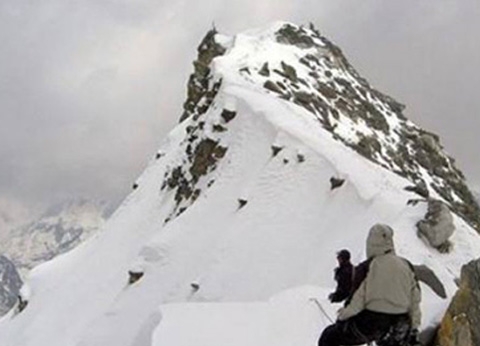About Island Peak Climbing
The Himalayas are the eternal source of inspiration. Island peak a relatively low-altitude peak, is a favourite among climbers as it provides an exhilarating experience of adventure-climbing combined with trekking in Nepal.the climb at times can be physically challenging, demanding you to be physically fit and well-acclimatized. Also known as Imja Tse, the peak is located less than 10 km away from the highest point on the planet. Since its first ascent Island peak climbing has made its name in a niche, being the definite one to summit before moving onwards to higher climbs. Taking you through Khumbu Valley to Everest Base Camp and Khumbu Icefall, an ascent of Island Peak is a special feat that you will remember about Nepal.
Island Peak Climbing begins with an exciting flight to Lukla. Leaving the hustle and bustle of Kathmandu and reaching deep into the serene mountains within 40 minutes is an adventure in itself! It will be like you teleporting from present day to the remote past, with The Himalayas at their infancy! You cannot take the thought out of your mind that you are so close to civilization yet so far away; and its all one single country! You climb along Bhote Koshi river to the legendary village of Namche Bazaar.On the climbing day, the actual ascent starts early in the morning. The climb will take you along ridges and glaciers and sometimes you need to traverse holding ropes fixed previously by our guides. Mr. Ama Dablam, Mt. Lhotse, Mt. Makalu and Mt. Nuptse are prominent peaks visible from the summit.


